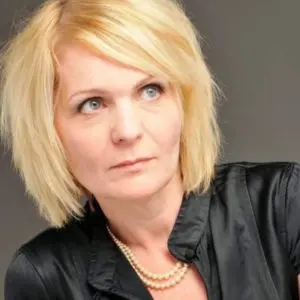There are some subjects that are difficult to consider and address. Peer-on-peer sexual abuse is one of those subjects. However, it is extremely important for us to be aware of this issue, so that we can address it in our schools and children’s lives, should it occur.
What is peer-on-peer sexual abuse?
The Department for Education (DfE) define peer-to-peer sexual abuse as sexual abuse that happens between children of a similar age or stage of development.
It can happen between any number of children and can affect any age group. The term peer-on-peer sexual harassment includes:
- Sexual violence, such as rape, assault by penetration and sexual assault
- Sexual harassment, such as sexual comments, remarks, jokes and online sexual harassment, which may be stand-alone or part of a broader pattern of abuse
- Upskirting typically involves taking a picture under a person’s clothing without them knowing, with the intention of viewing their genitals or buttocks to obtain sexual gratification, or to cause the victim humiliation, distress or alarm
- Sexting (also known as ‘youth-produced sexual imagery’)

The Ofsted Review of Sexual Abuse in Schools and Colleges
The Ofsted Review of Sexual Abuse in Schools and Colleges document, published on June 10th, highlights where schools are not always meeting the needs of the children and young people within their care or some of the staffing teams who support them.
It also shares where it recognised good practice and notes many recommendations within the body of the report.
The inspectors visited 32 different schools and colleges and spoke to over 900 children, teachers, parents, leaders and governors whilst gathering data for the report.
I have pulled the following findings from the report:
- Girls are regularly sent explicit images from boys and feel under considerable pressure to send indecent pictures of themselves.
- Some young people thought it was acceptable to request a nude picture from somebody but not to share it further.
- 90% of girls and nearly 50% of boys, said being sent explicit pictures or videos of things they did not want to see happens a lot to them or their peers.
- 92% of girls and 74% of boys, said sexist name-calling happens a lot or sometimes to them or their peers.
One of the statements that jumped out to me and really saddened me was that “The frequency of these harmful sexual behaviours means that some children and young people consider them normal”.
Where Does Sexual Violence Occur?
The report outlined that when the inspectors asked children and young people where sexual violence occurred, they typically talked about unsupervised spaces outside of school, such as parties or parks, without adults present. However, some girls said they also experienced unwanted touching in school corridors.
The young people stated they are less likely to report abuse by a peer for many reasons, including ostracisation, that there was a fear that all of their peers would find out and that once reported, the next steps would be out of their control.
The young people indicated they have the knowledge that teachers have to keep things confidential. However, they were worried about where the information was passed on and what would then be done.
When asking young people who they felt comfortable talking to about an issue, they indicated their friend, parent or an adult in the school they had a good relationship with.
The report highlighted that in the schools and colleges they visited, some teachers and leaders underestimated the scale of the problem. They either did not identify sexual harassment and sexualised language as problematic or were unaware they were happening.
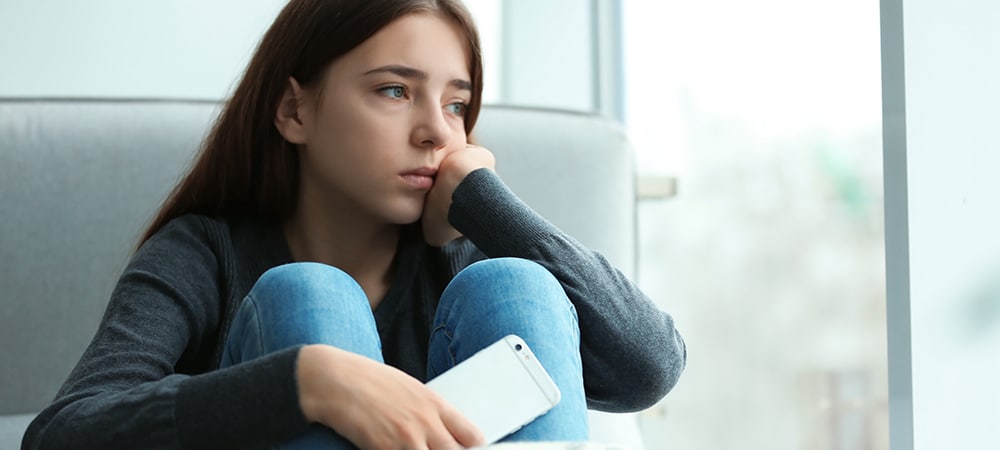
Training on Sexual Violence
The report states that most staff training about harmful sexual behaviour tended to be piecemeal. This was often because it was incorporated into training on other important aspects of safeguarding and not based on the children’s experience. Staff were often expected to read the government guidance.
The report also suggests that a large % of the governing bodies have received no safeguarding training. It is important that, in any school, governors have a good understanding of safeguarding so they can provide the right level of support and challenge for their school leaders and DSL.
In 2021/22 and beyond, Ofsted and the Independent Schools Inspectorate (ISI) will work together to produce and jointly deliver further training on Inspecting Safeguarding in Education settings to include the issues of peer-on-peer sexual violence.


/Primary%20school%20.jpg?width=2000&name=Primary%20school%20.jpg)


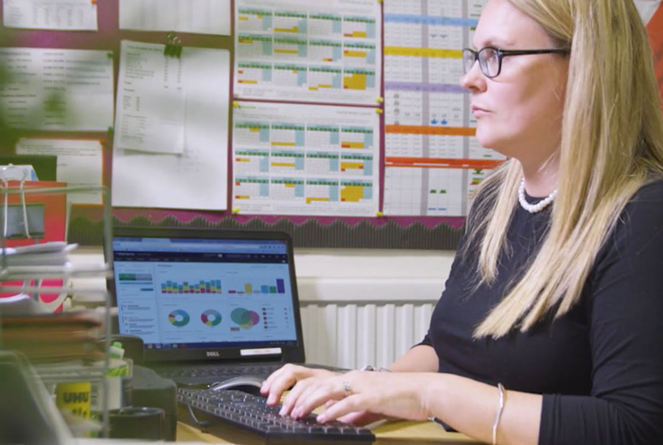


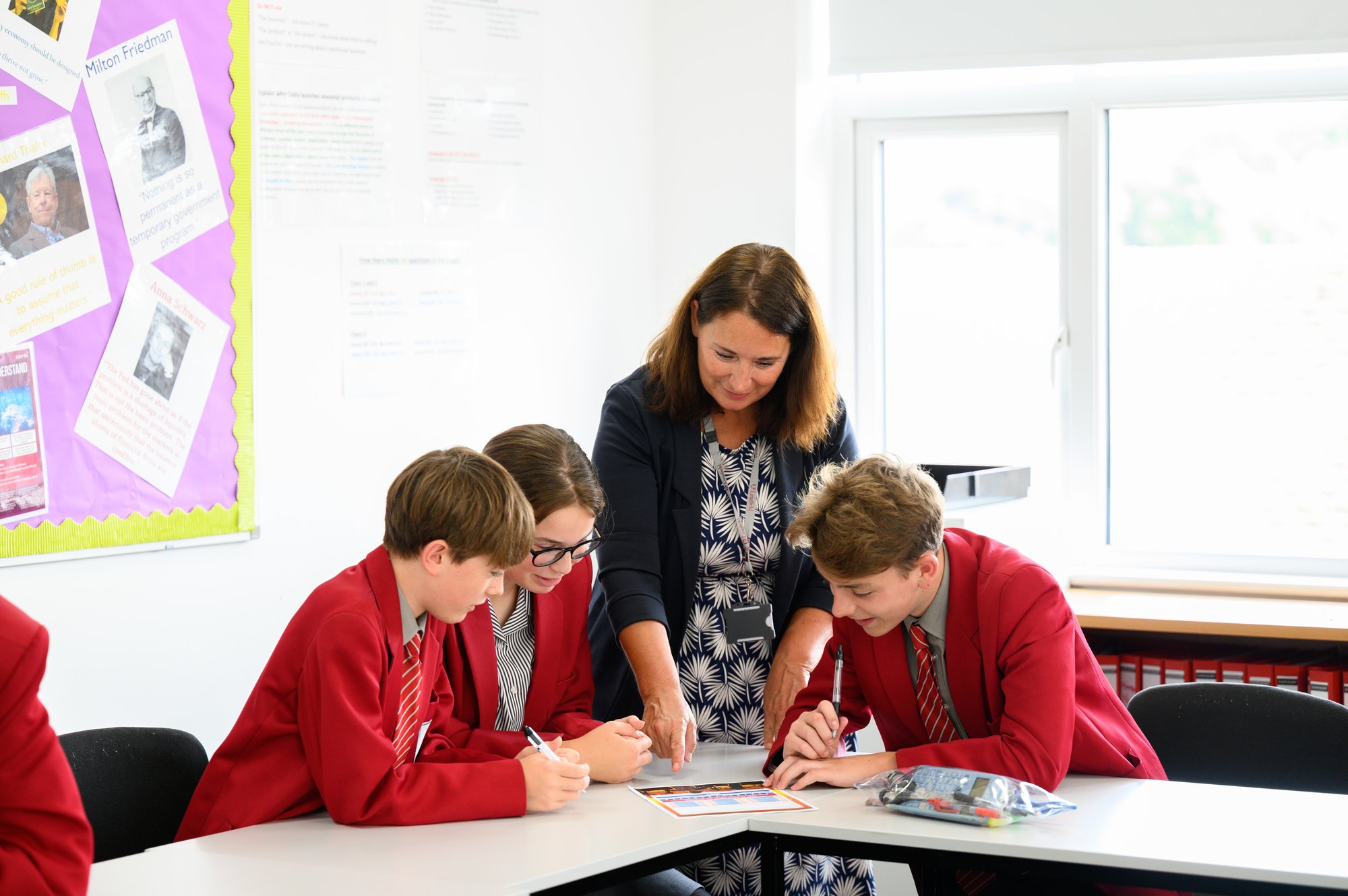
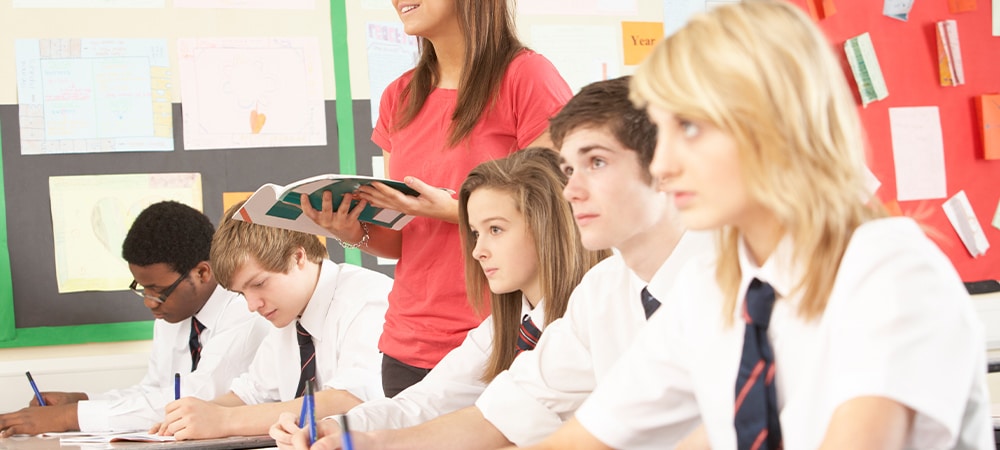

.png?width=940&height=788&name=Lingfield%20College%20Case%20Study%20(5).png)
-1.png?width=1000&height=833&name=National%20Association%20of%20Head%20Teachers%20(3)-1.png)
-3.png?width=1080&height=1080&name=Untitled%20design%20(10)-3.png)




